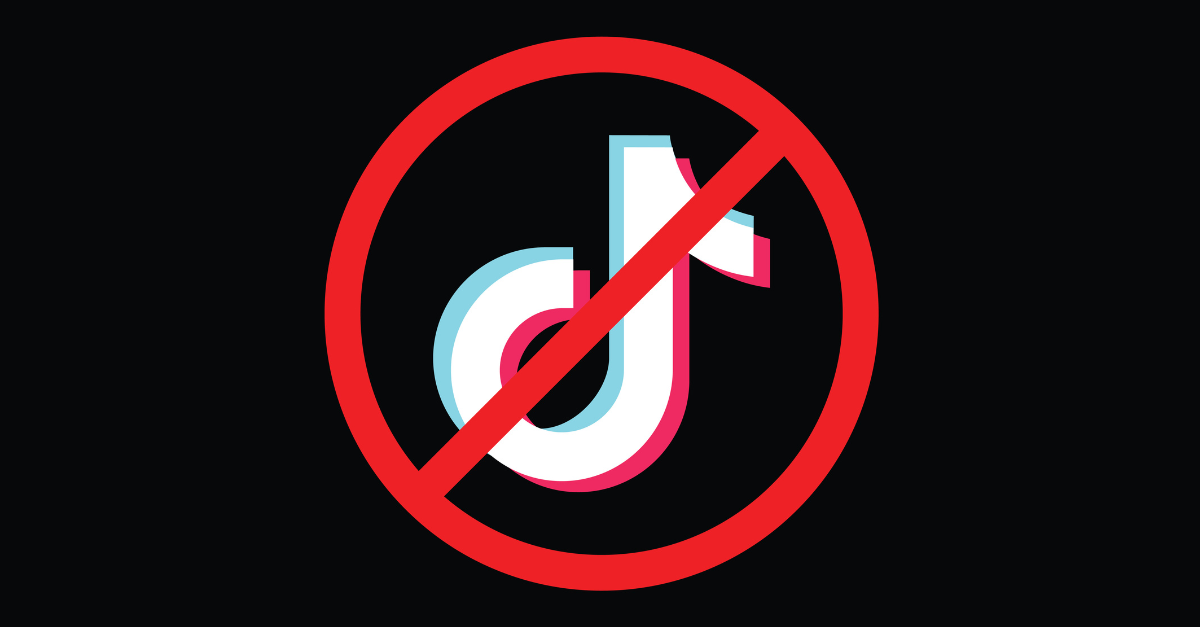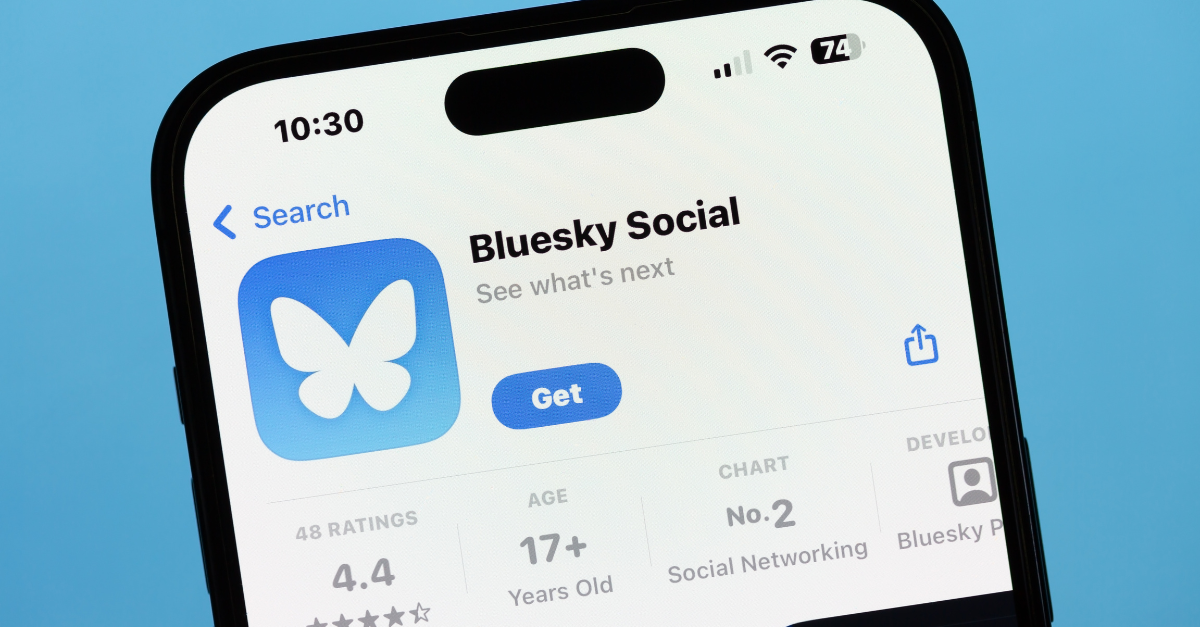There is definitely an art to writing for social media, and for Twitter in particular. You think you have 140 characters to tweet with – already a hard task – but you actually only have 97. The anatomy of a healthy, sharable tweet looks like this:

The math: 140 – 22 – 21 = 97
You start with 140 maximum characters. If you share a link, Twitter will count it as 22 characters, no matter if it’s shorter or longer. HTTPS links will count as 23 characters. Tip: Sharing a photo is basically sharing a link, meaning it will take up 22 characters of its own.
Here’s the part you may not be doing: leave 21 characters blank. This is the maximum amount of space it takes to manually Retweet your original post. A one-click Twitter Retweet won’t add characters, but if someone “quotes” your tweet, they’ll need these characters.

Tip: For some, this 21-character Retweet space could be shorter. For example, @emfluence only takes 15 characters to manually Retweet. However, others may want to add their comments when they share your tweet, i.e. “This is a great article! RT @emfluence: [original post here]” It’s best to build in at least 20 characters of extra space no matter how long your own handle is.
What to include
Tip 1: In your precious 97 characters, approach your message like a journalist approaches the headline of an article. Relay the one thing about your article that will entice someone to click through and potentially read it. Try not to abbreviate words other than numbers, days of the week or months, and avoid “text speak”; leave OMG, deets and C U L8r out unless it fits your brand voice.
Tip 2: You should shorten every link, even though Twitter is going to automatically re-shorten it using their own t.co shortener. The biggest reason: you’ll want to track the number of people who click through. (Need a URL shortener for tracking? Try http://emfl.us – it’s free!)
Tip 3: Try including a relevant hashtag if one applies. If you’re tweeting about email marketing, using #email or #emailmarketing may help you reach people who might not otherwise see your tweet. Hashtags are a way for people to find content they might be interested in by topic (like email marketing) instead of by who they currently follow. You can use more than one hashtag, but more than three is probably too many.
Tip 4: You may want to put brackets around deliverables like [BLOG] or [VIDEO] as carrots to entice a click. Photos and videos tend to get a higher click through rate than articles.
Other important tweet tips
Not all your tweets will match this format. Replies – those tweets that start with @someone – are a common and encouraged part of being in the Twittersphere, and there aren’t many rules for those. It’s a natural conversation between you and another person.
Remember: if you start your tweet with the @ sign, it will only show up in newsfeeds for those people that follow both YOU and the person you’re talking to. If you want to start a tweet or a sentence with a brand’s twitter handle, you can add a “.” before the @ (just so the @ isn't the first thing in the tweet) or try rewording the tweet.
 "Wrong" way — this tweet acts as a conversation between you and @marketingsherpa. Others can only view this in their news feed if they follow both of you.
"Wrong" way — this tweet acts as a conversation between you and @marketingsherpa. Others can only view this in their news feed if they follow both of you.
Compared to:
 The BETTER way — reword the tweet (or simply start the tweet with a dot) to be sure that all your followers see this tweet.
The BETTER way — reword the tweet (or simply start the tweet with a dot) to be sure that all your followers see this tweet.
The best way to learn how to tweet is to read tweets! Follow those industry people you think have smart things to say, and learn what type of content they share and how they tweet.
Need a place to start? Follow @emfluence on Twitter!




Great advice [as I’ve come to expect].
Another great post- all of the best Twitter composition advice in one place.
Great advice, Jess. The 21 Blank Street is an excellent revelation. Muchas gracias!
Thanks for all the great comments, peeps! And thanks for reading the goods.
Jessica
Jessica, your post comes to me at a great time — I just recently decided to really start working the Twitter more. Thanks so much!